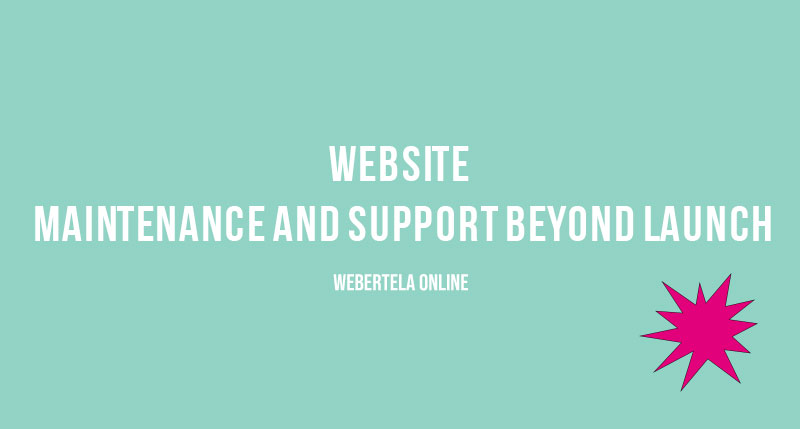Website Maintenance and Support Beyond Launch

Alright folks, so you’ve finally launched your shiny new website after months of planning, designing, and coding. High fives all around! But hang on a sec before popping the champagne – the work is far from over. While launching is obviously a big milestone, it’s really just the beginning of the journey. Keeping your site running smoothly and meeting user needs over the long haul takes continued effort and support.
A lot of people get so focused on the build-out that they don’t think much about what comes after. But maintenance is just as important as the initial launch if you want your website to stay healthy and keep users happy. Things change all the time on the web – new browsers, updated devices, evolving user preferences. It’s a constant evolving landscape. If you set your website and forget it, it’s almost guaranteed that issues will crop up or it will start to feel outdated pretty fast.
Some key things to keep in mind as you move into the post-launch phase:
-
Security updates – No site is completely hacker-proof, so staying on top of software and plugin updates is critical. The last thing you want is a huge security vulnerability ruining your user experience and trust. Schedule monthly checks for any pending updates.
-
Performance monitoring – Things like page load times, server response, and uptime are important metrics to track over time. Use tools to flag any degrading performance so you can troubleshoot issues before users get frustrated. Faster, smoother experiences keep visitors engaged.
-
Content updates – Whether it’s blog posts, news, product pages, or other dynamic elements – content needs freshening. Stale content won’t drive repeat visits or conversions. Schedule time for routine audits and new material.
-
Accessibility reviews – Make sure your site stays accessible to all users, regardless of ability, with things like alt text, proper color contrast, optimized layouts for assistive tech, etc. Check in regularly with auditing tools.
-
Compatibility testing – As browsers evolve, some code or features stop working as well. Periodically do cross-browser checks on desktop and mobile to catch and fix anything not rendering properly everywhere.
-
Analytics review – Dive into your analytics to spot trends, understand user behavior patterns, and identify areas for improvement. Make data-driven decisions about content, features, or optimizations based on metrics.
-
Usability testing – Over time, it’s easy for those deeply familiar with a site to lose objectivity. Recruit new users periodically to test tasks and flow, to spot anything confusing through fresh eyes. Incorporate their insights.
-
Bug fixes – No matter how much testing, little bugs will emerge. Maintain an easy reporting process for users and address issues promptly to retain trust.
Basically, assume your site will need nourishment like a houseplant if you want it thriving for the long haul – not just dropping it off and leaving. Commit some ongoing hours or budget for maintenance. A little TLC goes a long way towards ensuring a smooth, reliable experience that keeps users happy and supports your broader business goals long after launch day. The work is never truly done!
Message me:
levan.andguladze@gmail.com
Sharing is caring!